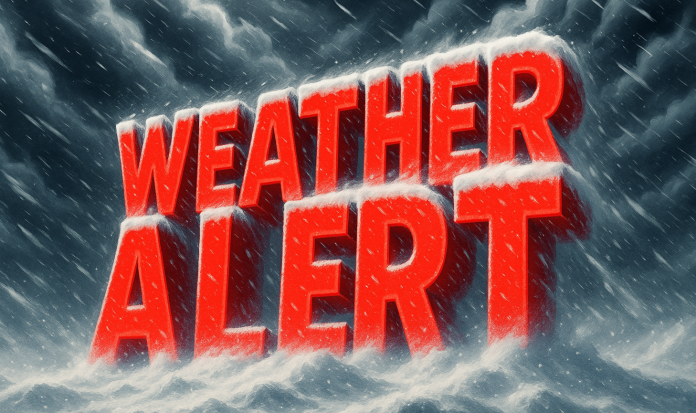Richmond, VA – Virginia may see a wetter and occasionally wintry stretch during the Thanksgiving travel window, as new long-range federal outlooks show a 33–40% probability of above-normal precipitation across the state from November 23 through November 29.
According to the Climate Prediction Center’s 8–14 Day Outlook released Saturday, Virginia sits on the eastern side of a developing storm corridor expected to influence much of the Appalachians and Mid-Atlantic. While temperatures will vary significantly across the state, the combination of moisture and marginal cold could bring periods of cold rain, a rain–snow mix in the mountains, and travel slowdowns during the busiest days of the holiday week.
The Blue Ridge and higher elevations of western Virginia—including the Roanoke Valley, Blacksburg, Lexington, and counties along the spine of the Appalachians—carry the strongest risk for wintry weather. Even with a moderate probability signal, these regions often see early-season wet snow or mixed precipitation during late November, particularly overnight or along I-81 and the higher ridges of the Blue Ridge Parkway.
Central Virginia—including Richmond, Charlottesville, and Lynchburg—also sits in the 33–40% wet-signal corridor. Temperatures here are expected to stay near the rain–snow line, with cold rain most likely, though brief mixed precipitation cannot be ruled out if colder pockets settle in during mid- or late-week systems.
Eastern Virginia—including Norfolk, Virginia Beach, Newport News, and the northern neck—should remain warm enough for primarily rain. However, steady rainfall could still slow coastal traffic and create delays at Norfolk International Airport and Richmond International Airport.
Thanksgiving week routinely produces major travel volume statewide, especially along I-64, I-81, I-95, and US-29. Even modest precipitation may cause reduced speeds and longer travel times.
Forecasters expect clearer details early next week as short-range models begin resolving individual storm systems.





